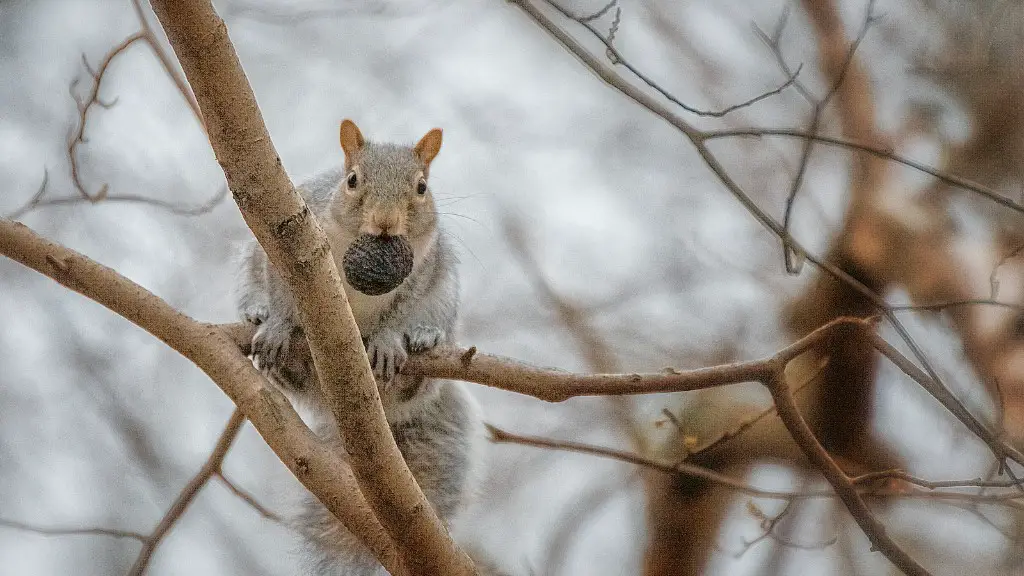Avocado trees are an excellent crop choice for commercial and backyard gardeners alike. Not only are they easy to care for and produce delicious fruit, their high nutritional content makes them an ideal choice for those looking to add healthy produce to their diet. But how can commercial and backyard growers ensure their trees bear an abundant crop of fruit? In this article, we’ll provide a comprehensive guide that covers everything from planting and fertilizer to pruning and harvesting a bounty of flavorful avocados.
Planting Avocado Trees
When planting an avocado tree, timing is everything. The best time to plant is six to eight weeks before your last anticipated frost. Soil should be well-draining and rich in organic matter. If you live in a dry area, an irrigation system might be necessary. Additionally, avocado trees prefer full sun, so be sure to plant it in a sunny location and away from buildings, trees, and other objects that can cast shade.
When planting, be sure to dig a hole two to three times the width of the existing root ball. Amend the hole with soil amendments and fertilizer, then place the tree in the hole and ensure it is firmly planted. Once in its new home, immediately water the tree thoroughly. This process encourages root establishment.
Fertilizing Avocado Trees
Avocado trees are heavy feeders, meaning they need a significant amount of nutrients in order to produce fruit. Therefore, fertilizer is a must if you’re looking to obtain a good crop. It is best to choose a slow-release, low-nitrogen fertilizer. Additionally, you should fertilize your tree twice a year, once in late winter and once in early summer.
You can also choose to supplement your avocado tree’s nutrition with compost and mulch. Adding a layer of aged compost around the base of the tree will help boost the tree’s fertility and, according to research, act as a deterrent to weeds. Mulch can also help improve soil health, regulate soil temperature and moisture, and offer a good habitat for earthworms and other beneficial organisms.
Pruning Avocado Trees
Avocado trees require pruning in order to grow correctly and produce countless delicious fruits. Prior to pruning, make sure that your tree is healthy and not suffering from any diseases or pests. Pruning should be done in the early spring and the late winter by pruning all the dead branches, water shoots, and crossing branches to encourage better air circulation.
Additionally, pruning should be done to create an open, vase-shaped canopy. This allows for sunlight to reach all parts of the tree, encourages flowering and, eventually, fruit set. Be sure to also remove all diseased, dead, and damaged branches in order to keep the tree healthy.
Harvesting Avocado Fruits
Avocados need to stay on the tree as long as possible in order to reach their ideal ripeness. In order to test if an avocado is ripe, you should gently squeeze the fruit. If it feels slightly soft, then it is ripe and should be harvested immediately. Another way to tell if an avocado is ripe is to remove the stem bump on the top of the avocado. If it comes off easily and the fruit is green underneath, then the avocado is ready to be plucked from the tree.
Avocados are a delicious and nutritious addition to any garden. However, in order to obtain an abundant crop, it is important to understand how to properly plant, fertilize, prune, and harvest them. With the correct care, you’ll be able to enjoy a tasty bounty of avocados year-round.
Organic Solutions
Organic solutions can be quite helpful while caring for avocado trees. For instance, coconut water is an excellent natural fertilizer, and spraying the leaves with seaweed extract can help increase the tree’s nutrient uptake and strengthen its cellular walls. You can also opt to use natural pesticides, such as neem oil, to control common pests.
Although organic solutions take a bit more effort than conventional chemical-based fertilizers and pesticides, they are much gentler on the environment and can produce amazing results. As an added bonus, organic solutions also allow gardeners to reduce their carbon footprint.
Pest Prevention & Control
Avocado trees are susceptible to several different pests, but luckily there are ways to prevent and combat them. When purchasing an avocado tree, make sure to check it from head to toe for any signs of pests or diseases. If you find any, then choose a new tree. Additionally, you can use traps and barriers to prevent pests from entering your avocado tree. For instance, copper tape around the trunk of the tree can be quite effective in keeping out certain pests.
If your avocado tree does become infested, then it’s important to act quickly. Use a hose to remove any pests you see, then spray the tree with a mild insecticidal soap solution or a garlic-based spray. This should help kill off any pests that are living on the tree.
Fungus Prevention & Control
Avocado trees can be victims to several different types of fungus, including root rot, leaf spot, and black spot. In order to prevent fungus, you should always provide your tree with the right amount of water and good air circulation. Additionally, pruning diseased branches, removing fallen leaves, and removing infected fruits can help keep your avocado tree healthy and free from fungus.
If your tree does become infected, then you should immediately treat it with a fungicide. Choose a fungicide specifically formulated for avocado tree fungus, and make sure to follow the instructions for application and dosage. Additionally, you can mix a copper fungicide with a seaweed extract, pour it directly onto the soil and tree base, and saturate the infected areas in order to get rid of the fungus.
Conclusion
This comprehensive guide provides everything needed to help ensure an avocado tree bears a plentiful crop of flavorful fruits. From planting and fertilizing to pruning and harvest, these tips and tricks will set you up for success when it comes to growing abundant avocados. Of course, it’s important to keep in mind that not every tree will take off immediately – but with patience and diligence, you’ll soon start to reap the rewards!



